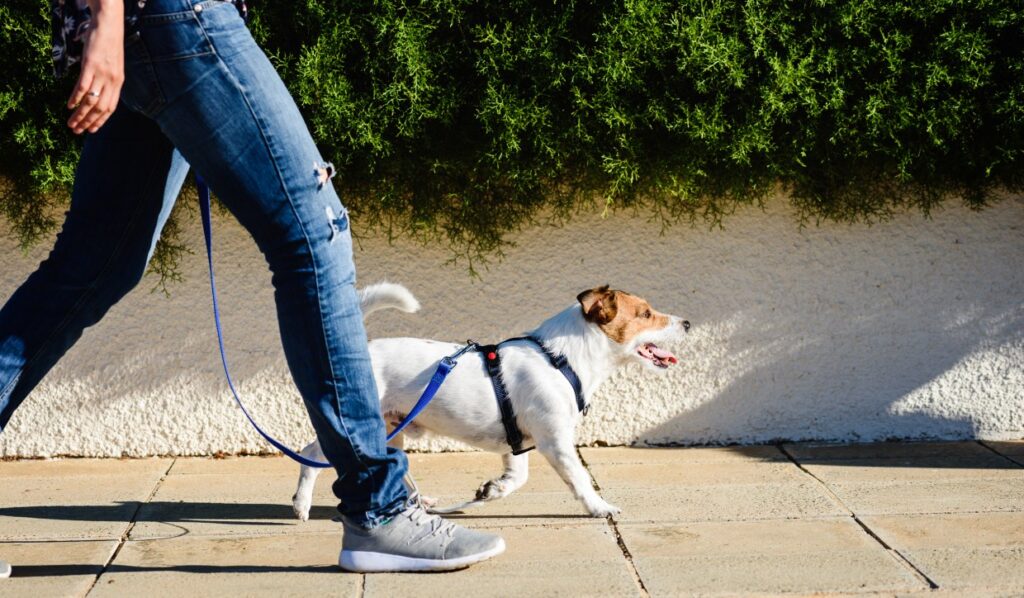Your dog has not yet learned how to walk on a leash and is pulling hard? Or he just can’t resist exciting smells and pulls you to the sniffing spot of his desire without consideration? Then an anti-pull dog harness is a good thing for you.
We have therefore compared different harnesses for pulling dogs in our comparison. Here you can read which tableware is our comparison winner, what you should pay attention to when buying and how to find the right tableware.
If your dog pulls on the leash or jumps on the leash frequently, he should be wearing a harness. For dogs that pull the leash very hard, anti-pull harnesses can be used. Under no circumstances should these cause pain to the dog! When buying, you should pay particular attention to high-quality, tear-resistant products and good workmanship. In addition, the crockery should definitely be adjustable in size.
Contents
Harness or Collar?
The question of whether a dog should wear a collar or a harness is always hotly debated. But there is no correct answer to this question. It all depends on the individual dog. A collar gives your dog freedom of movement. You can use it especially when your four-legged friend is walking quite well on a leash
However, a harness distributes pressure and strain on the body better than a collar and is therefore more practical if your dog is not yet able to walk well on a leash. Because when your dog pulls on the leash, strong forces act on his body. Even if your dog tends to suddenly jump on the leash, a harness is useful. This does not put pressure on the larynx and windpipe when pulling or pushing and relieves the cervical spine. Provided, of course that it fits well.

Which Harness For Pulling Dogs?
If your dog pulls heavily on the leash, an anti-pull harness can help you practice walking on a loose leash. This type of harness differs from a regular dog harness in that it has an additional chest ring at the front to which the leash is attached. Then when your dog tries to pull, his body will be turned to the side a little. In addition, as usual, your dog does not feel the pull of the leash on the back of the harness or the collar, which he has braced himself against in order to move forward quickly. By turning briefly to the side, your dog will be interrupted when pulling and with a little training will soon learn to walk on a loose leash.
Resilience
A dog harness should be very well made to withstand everyday stress. Therefore, make sure that it is made of a very flexible product such as nylon, and that it is tear-resistant. All seams should also be stable and sewn several times.
Upholstery
Many no-pull harnesses are unpadded. So that the harness does not cut into the skin when your dog pulls on the leash or jumps on the leash, good padding is useful. Because a soft padding acts like an additional buffer that cushions forces or tension. In addition, padded straps protect the dog’s fur and padded buckles and rings protect the dog’s ribs, bones and skin.
What is your reaction?

 I liked it
I liked it Wonderful
Wonderful Thanks
Thanks Good
Good Hahaha !
Hahaha ! Incredible
Incredible Interesting
Interesting Wrong
Wrong

